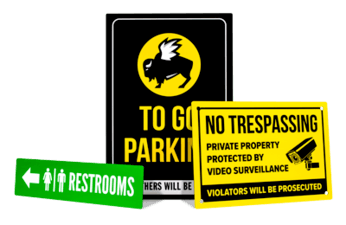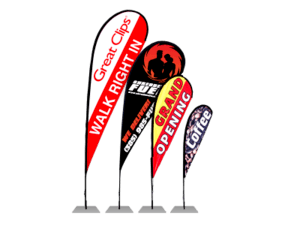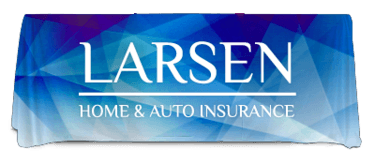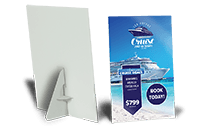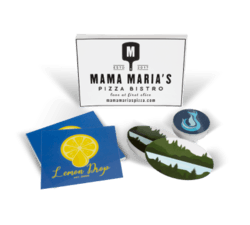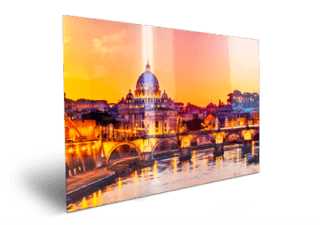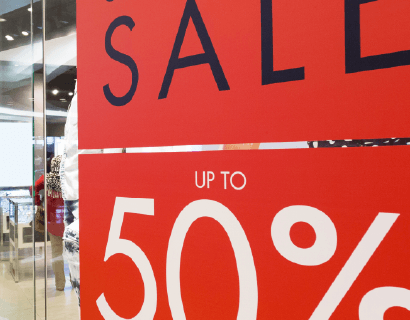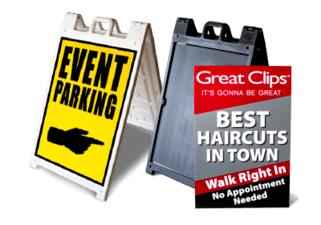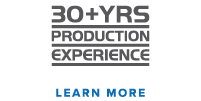
Attending a trade show is a lot of work – you’ll be walking for miles, talking to dozens of people and gathering tons of information. It can be overload… but it can also be fun if you know what to expect before you get there. In our article this morning, Attending a Trade Show: Plan Ahead, we talked about pre-planning before you get to the show. Once you arrive, it’s important to have a game plan in place so you can make the most of your time and meet the goals you made back at the office.
When You Arrive
After you check in and get your badge, you’ll head to the entrance of the show. It’s easy to get overwhelmed when you walk in the door: some trade shows fill as much as 80,000 square feet of space, with hundreds of booths.
I accompanied Kirk Green, CEO of Ferrari Color, for a walk-through of the ISA show, where he shared his trade show floor strategy with me. Kirk likes to start on the left side of the show and work his way down every aisle, taking notes of booths he wants to visit later (Kirk is a veteran trade show attendee, so he was able to do this mentally–I had to take physical notes in order to find stuff later). Kirk pointed out that shows tend to group vendors from specific industries into sections. He’s able to get a feeling for available offerings in each section and focus on those with the most relevance.
As you work your way through the show, you’ll see sales people hanging out in the front of booths, trying to catch your eye and draw you in. This is their job, and they do it especially well at the beginning of the show when everyone still has lots of energy. Avoid getting drawn in during your first run through—you’ll end up spending way too much time talking to people otherwise. If he’s interested in looking over a booth more closely, Kirk steps across from the booth in an unobtrusive spot where he can’t be seen by the sales rep. He doesn’t stop to talk—he just keeps moving at a rapid clip in order to get through the entire show.
Kirk is usually able to get a quick glance of all the booths in the show before lunch. Then he finds a table at the food court and grabs a sandwich. He reviews his findings while eating and makes a general plan for what to see that afternoon, and what should wait until the second day. After lunch, Kirk grabs a free tote bag (these can be found at many vendors and sometimes even at the entrance to the show) and heads off to get more information from the companies he’s interested in learning more about.
Kirk advised me to pay attention to the small booths in the back of the show (the less expensive trade show real estate), “Pay attention to small, fringe booths because you might find something unique or clever. Some of the first software we found was in a small 10×10 booth. Everyone focuses on the big boys, but some of the smaller companies may have some really interesting things.”
When talking to sales reps at the show, Kirk tries to be selective about which information he gives and takes. He says, “Only have your name scanned if you really want to get info. The sales rep’s job is to get everyone’s name. If you know his product is something you don’t want, do everyone a service and say ‘It’s not something that applies to us.’ Take a few select materials—don’t lug brochures, magazines and books all around the trade show floor. Use your smart phone to capture information so that you can visit a company’s website later to get more information.”
After the Show
Once you get home, go through all your collected material and photos while your memory is fresh. Draw up an action list to make contact within one week. Kirk makes sure that everyone at Ferrari Color is updated about the show. He says, “If there’s more than one person in your office, take opportunities to convey the information you gleaned at the show to the rest of your team so that everyone can benefit from your attendance.”
Attending relevant trade shows is well worth your time and money, if you plan ahead and work the show thoroughly. When asked why companies should bother to attend trade shows, Kirk told me, “Trade shows are a great way to stay updated. You get a sense of scale and scope of your industry very quickly that you just can’t get from magazines or Internet.” We agree.



